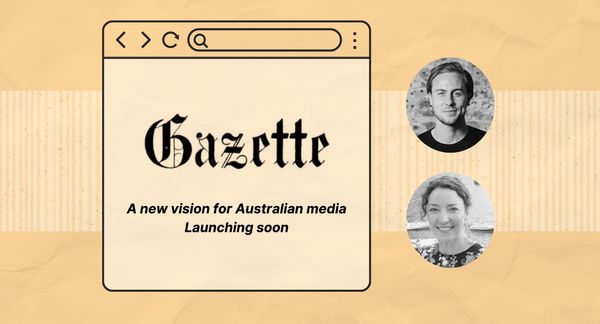
Up to 85 journalists, most of them senior, have taken a voluntary redundancy from mastheads including the Sydney Morning Herald, the Age and the Australian Financial Review in the second exodus of editorial talent since the company formerly known as Fairfax Media shed more than 150 journalists in 2012. More than 100 staff left in another huge clearout in 2017.
The departures bookend a period of upheaval at Nine Entertainment during which 500 journalists at its publishing arm took industrial action over pay negotiations and the announcement of big cuts across the media business.
They went on strike for five days during the Paris Olympics, affecting the production of the Age, the Herald and the AFR as well as Brisbane Times and WAtoday.
Journalists with dozens of years of experience to walk from Melbourne’s Age include the Walkley-award winning social affairs editor, Jewel Topsfield, the senior writer Royce Millar, the North American correspondent, Farrah Tomazin, the books editor, Jason Steger, the Birpai man and Indigenous affairs journalist Jack Latimore, the culture editor, Osman Faruqi, and the music writer and editor Martin Boulton.
Nine Entertainment said the majority of the 85 people had taken a voluntary package.
“As foreshadowed in June, we have been working with our people in reshaping the publishing business to ensure a sustainable future in response to the challenging advertising market and collapse of the Meta deal,” a spokesperson said.
“We have now concluded this process, with around 85 people from our newsrooms, print operations and audience and commercial growth divisions regrettably leaving the business over coming months.
“We will be providing support for all employees transitioning from the business. Every one of these people depart with our gratitude and appreciation for their contributions to Nine’s world-class mastheads.”
The AFR departures include legal editor Michael Pelly, the energy, climate change and innovation writer Ben Potter and the senior correspondent Aaron Patrick.
The Herald will lose chief sports writer Andrew Webster, Walkley-award winning cartoonist and illustrator John Shakespeare, senior writer Andrew Hornery, who edited the Private Sydney gossip column for 20 years, the Walkley award-winning author Helen Pitt, who started her career at the Herald in 1986, and the commercial property editor, Carolyn Cummins, who is a 29-year veteran.
The strike was sparked by the announcement in June by the chief executive, Mike Sneesby, that the company was cutting 200 jobs due to the “economic headwinds” facing the media sector.
Sources told Guardian Australia that many journalists had been knocked back for a redundancy as they were heavily oversubscribed. One of those whose application was rejected was the Age’s deputy news director Angus Livingston, who resigned anyway to go to another job.
The industrial dispute exposed tension between the publishing and television arms of Nine, which merged with Fairfax in 2018.
The cuts come weeks after News Corp Australia made some of its most experienced journalists redundant amid significant cuts to the national reporting team, and the Herald Sun and Daily Telegraph newspapers.
Murdoch’s Australian arm has been quietly slashing tens of millions of dollars in costs to counter a slow advertising market and the loss of revenue from Meta deals.
• The headline and text of this article were amended on 21 August 2024. A previous version said it was the biggest exodus of editorial staff from the company since 2012.










